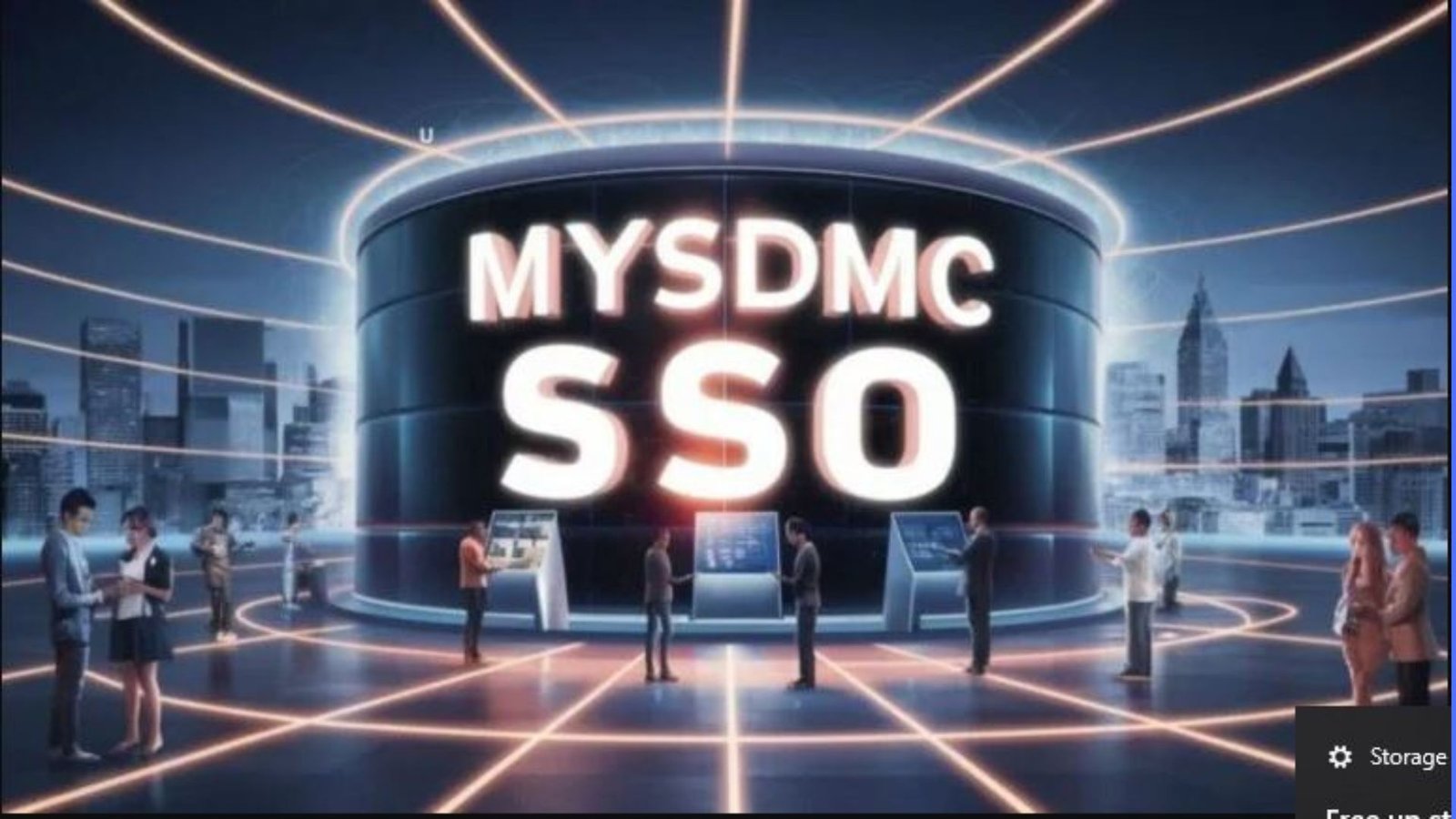In today’s digital landscape, efficient access management is crucial for organizations of all sizes. The MySDMC Single Sign-On (SSO) solution stands out as a powerful tool designed to streamline user access while enhancing security. This article delves into the benefits, features, and best practices of MySDMC SSO, helping organizations understand how it can simplify their access management processes.
Understanding MySDMC SSO
What is MySDMC SSO?
MySDMC SSO’s is a centralized authentication system that allows users to access multiple applications with a single set of credentials. This means that instead of remembering different usernames and passwords for various platforms, users can log in once and gain access to all authorized applications seamlessly.
The Need for Single Sign-On
In an era where businesses rely on numerous software solutions, managing multiple logins can become cumbersome. The traditional approach of using separate credentials for each application leads to security vulnerabilities and user frustration. MySDMC SSO’s addresses these challenges by providing a unified authentication experience.
Benefits of MySDMC SSO
Enhanced Security
One of the primary advantages of MySDMC SSO’s is its ability to bolster security. With a centralized login system, organizations can enforce stronger password policies and multi-factor authentication (MFA). This reduces the risk of unauthorized access and potential data breaches.
Improved User Experience
User experience is significantly enhanced through MySDMC SSO. Employees can quickly access the tools they need without the hassle of multiple logins, which can lead to increased productivity and job satisfaction.
Simplified IT Management
For IT departments, managing user access becomes more straightforward with MySDMC SSO. Administrators can easily add, remove, or modify user permissions from a central dashboard, saving time and reducing the likelihood of errors.
Cost-Effective Solution
By reducing the number of password-related support requests and streamlining access management, MySDMC SSO’s can lead to significant cost savings for organizations. Additionally, it can decrease the time spent on onboarding new employees.
Key Features of MySDMC SSO
Centralized Authentication
MySDMC SSO’s allows for a single point of authentication, making it easy for users to access various applications with just one login. This feature significantly reduces the administrative burden on IT teams.
Multi-Factor Authentication (MFA)
To enhance security, MySDMC SSO’s supports multi-factor authentication, requiring users to provide additional verification (such as a code sent to their mobile device) when logging in. This added layer of security helps protect sensitive information.
User Provisioning and De-provisioning
With MySDMC SSO, organizations can efficiently manage user accounts. Administrators can quickly provision new users and de-provision former employees, ensuring that only authorized personnel have access to critical applications.
Seamless Integration
MySDMC SSO’s is designed to integrate smoothly with a variety of applications and platforms. This flexibility allows organizations to implement the solution without extensive changes to their existing systems.
Analytics and Reporting
The solution provides valuable insights through analytics and reporting features. Administrators can track user activity, identify access patterns, and ensure compliance with security policies.
Implementing MySDMC SSO
Assessing Your Needs
Before implementing MySDMC SSO, organizations should assess their access management needs. Identify which applications will be integrated and consider the security requirements for each.
Planning the Integration
Develop a detailed plan for integrating MySDMC SSO’s with existing systems. Collaborate with stakeholders to ensure a smooth transition and address any potential challenges.
Training and Support
Once implemented, provide training and support for users to help them adapt to the new system. Clear communication about the benefits of MySDMC SSO’s can facilitate user acceptance and engagement.
Continuous Monitoring and Improvement
After deployment, regularly monitor the system’s performance and user feedback. Use this information to make continuous improvements, ensuring that the SSO solution remains effective and secure.
Conclusion
MySDMC SSO’s represents a significant advancement in access management, offering organizations a streamlined, secure, and user-friendly solution. By centralizing authentication, enhancing security, and simplifying IT management, MySDMC SSO’s not only improves operational efficiency but also provides a better experience for users. As businesses continue to navigate the complexities of digital transformation, adopting robust solutions like MySDMC SSO’s is essential for maintaining security and productivity.
ALSO READ:Search On Faspeinfo: Your Ultimate Guide To Finding Information
FAQs
What is Single Sign-On (SSO)?
Single Sign-On (SSO) is an authentication process that allows a user to access multiple applications with one set of login credentials. This simplifies the user experience and enhances security.
How does MySDMC SSO improve security?
MySDMC SSO enhances security by allowing organizations to enforce stronger password policies, implement multi-factor authentication, and provide centralized control over user access.
Can MySDMC SSO integrate with existing applications?
Yes, MySDMC SSO is designed to integrate seamlessly with a variety of applications and platforms, making it easy to implement without significant changes to existing systems.
What are the cost benefits of using MySDMC SSO?
By reducing the number of password-related support requests and streamlining user access management, MySDMC SSO can lead to significant cost savings for organizations.
How can organizations ensure successful implementation of MySDMC SSO?
Successful implementation involves assessing access management needs, planning the integration process, providing user training, and continuously monitoring the system for improvements.

